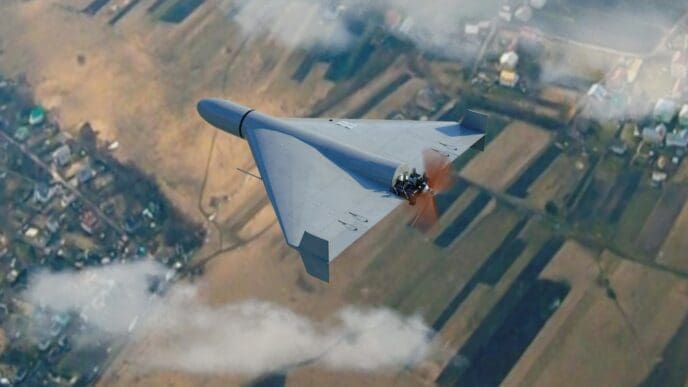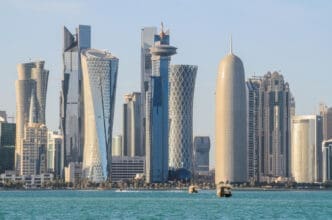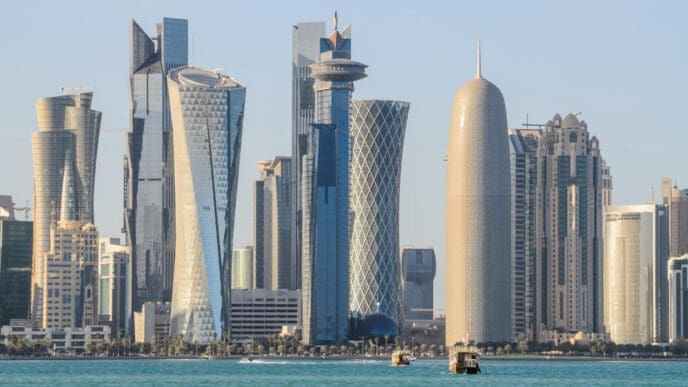The former home of Enver Hoxha, located in the heart of Tirana, Albania, has undergone a radical change. This vast villa, once a symbol of power and paranoia, now echoes with creativity and free expression. Once heavily guarded and shrouded in secrecy, Villa 31, a sprawling building with more than 100 rooms, has been transformed into a hub for artists from 15 countries. The villa’s renovation, initiated by a pledge from Albania’s Prime Minister to the French President, marks a significant shift in how the country engages with its past.
Gone are the heavy curtains and cold, silent walls. Instead, the villa now hosts poetry readings, experimental theater, and contemporary art exhibitions. It offers workshops and shared spaces for 23 artists, reflecting a society breaking away from its repressive history. This initiative, managed by Art Explora, a French-based foundation, seeks to use art as a means to confront and reconcile with a painful past. Nita Deda, the manager, expressed her belief in art’s power to address historical wounds, attributing the villa’s transformation to this very vision.
Artists are encouraged to explore and express themes that were once taboo. Ukrainian artist Stanislava Pinchuk describes the freedom to express everything from fury to absurdity in a space that once would have stifled such voices. Hoxha’s library, filled with works from communist icons and unexpected texts on controversial subjects, stands as a testament to the conflicting ideologies of the time. Italian artist Genny Petrotta reflects on the insights offered by the library’s collection, particularly fascinated by the Albanian custom of ‘sworn virgins’ and its implications on societal norms.
Despite its new purpose, not everyone is in favor of the villa’s transformation. Some argue that it should remain as a historical site, a reminder of the past regime’s impact. Xhevdet Lani, a local taxi driver, believes the villa is an important piece of history that should be preserved for future generations. This sentiment reflects the ongoing dialogue within Albania about how to balance progress with the preservation of historical memory.
The conversion of Villa 31 from a symbol of totalitarian rule into a beacon of artistic expression encapsulates Albania’s evolution. While perspectives differ on its transformation, the villa now stands as a symbol of the country’s journey from suppression to creativity, compelling reflection on its tumultuous past and hopeful future.














